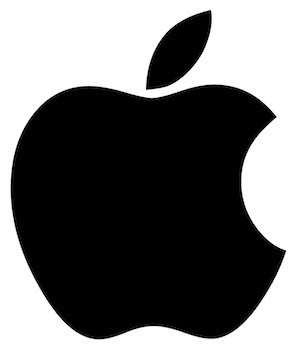At its core, a logo allows us to communicate quickly, and often wordlessly. Across a room or when flicking through a magazine, the content we recognise leaves an impression and makes us more likely to return to a brand if we are reminded of it. When you break a brand down to its basics, logo design is the simplest form of that brand – the signifier that is used to unify the rest of the content you consume under that brand umbrella.
So, if it’s so simple, why is it so much work to create? Breaking down the anatomy of a logo provides some insight into this, the considerations that are taken and the varied options available.
With all that potential, where do you start? Deciding on the type of logo gives direction to your design, although making solid hard-and-fast rules for how you want your logo to be at this point is probably more limiting than helpful.
Types of Logo
Wordmarks or logotypes are typography-based logos that focus on the font and styling within that. This can create a more formal feel, are often clean and precise and focus on portraying the atmosphere and ‘feel’ of the brand through the text. When using this type of logo the font is integral so making this choice is a heavy decision involving looking at serif (the additional strokes that are added as a flourish on lettering) vs sans serif fonts, as well as the other options available such as cursive or handwritten fonts, and if they are web-safe.
Under the umbrella of wordmarks, we also have monograms which use the initials of the brand rather than the full name to create a more succinct logo – this can be ideal for making a quick impression if used well!
Icon-based logos focus on a simple icon to represent the brand, such as Apple’s well, apple or Starbucks’ Mermaid. Icon-based logos work well in communicating an idea, concept or an aesthetic simply, quickly and in a way that is universal – it doesn’t matter what language you speak, an apple is still an apple! This type of logo design is probably the most commonly thought of when you picture a ‘logo’, although these can often miss the mark and take a bit of finesse to stand out in a saturated market.


Once you have the format, you begin to look at the colours you need. At this point, it is important for you to have an idea of your brand and what you’re selling – Who are you as a business? What idea are you trying to put across? Knowing these answers is integral to the colours you use as there is a very direct, emotional connection made on an individual level for us – you aren’t likely to find a burning, passionate red advertising a peaceful, zen spa! This is because the audience expects you to know your business and for that to come across in what you market yourself as, so if the colours clash with the messaging they can tell something is up.
A logo requires a balance between the imagery used, the negative space surrounding it, the colours used and the message being sent, and although this is a lot of plates to spin as you create one single image, without them the brand will come across as haphazard, messy or uncared for.




